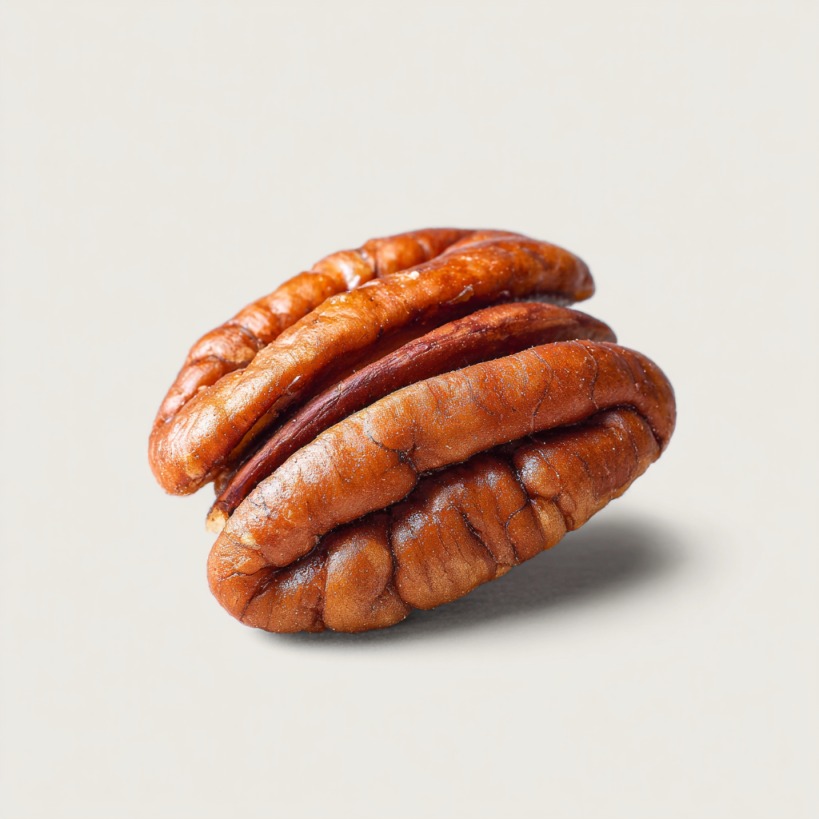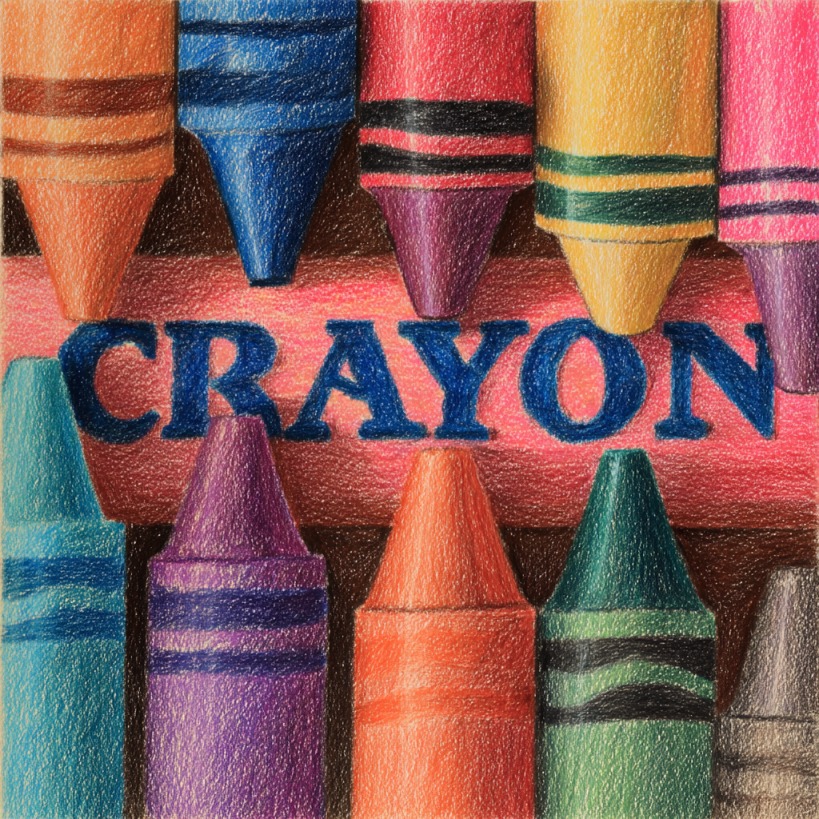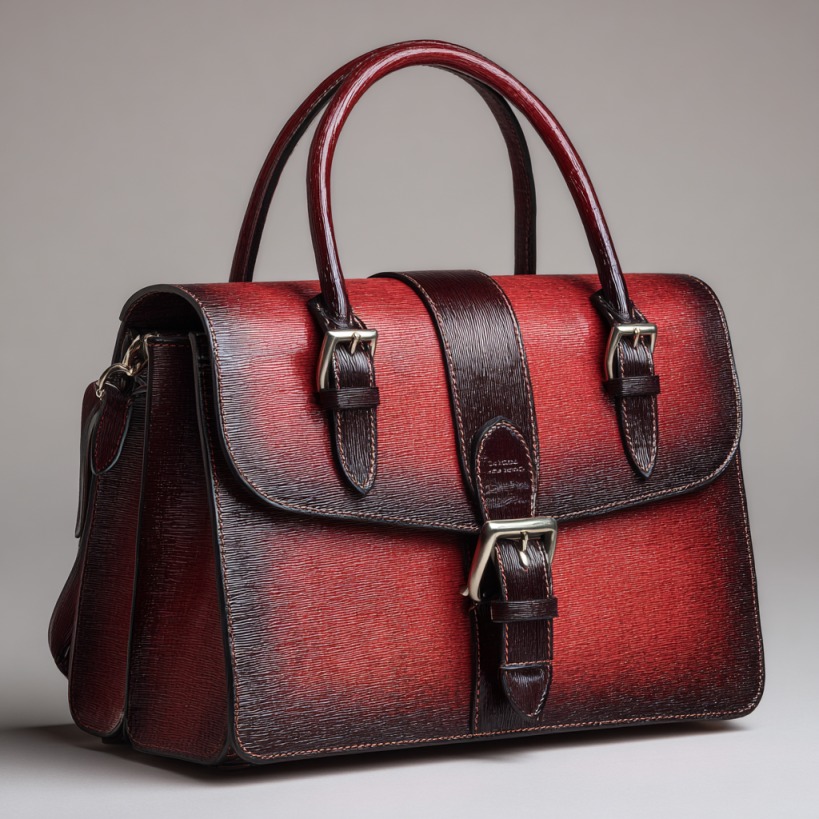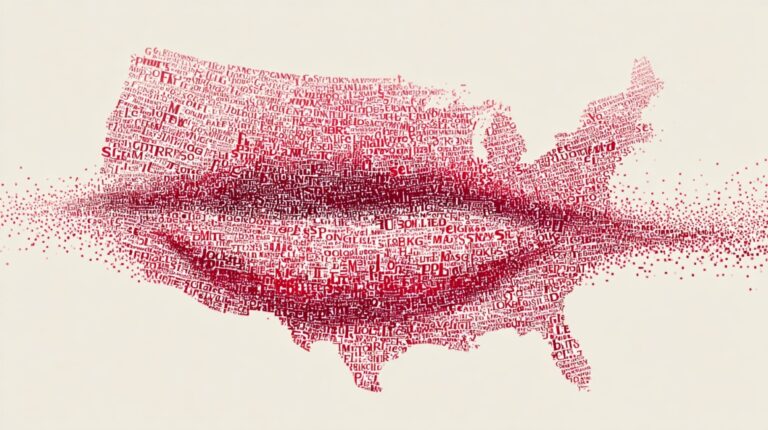English in the United States sounds like a collection of dialects stitched together by geography and culture.
Every region has its quirks, and pronunciation often becomes the first giveaway of where someone grew up.
What we want to focus on today is ten everyday words that point out just how varied American English can be.
1. Caramel

People have been divided over “caramel” for generations. Some insist on “CAR-muhl,” dropping a syllable and giving it a smoother, two-beat rhythm common across the South and West.
Others prefer “CAR-a-mel,” a slower and more deliberate pronunciation found in the Northeast and Midwest.
Both are correct within their regions, yet each side feels deeply attached to its version. Linguists point out that the difference often reflects how vowels are treated in regional speech patterns.
Those who shorten words are usually influenced by a natural tendency to simplify sounds in fast-paced conversation.
- Pronunciations: “CAR-muhl” (South, West) / “CAR-a-mel” (Northeast, Midwest)
- Regional factor: Southern and Western speech favors syllable reduction; Northern dialects preserve full vowels.
2. Pecan

Few words highlight regional identity more strongly than “pecan.”
In the North and parts of the South, people typically say “PEE-can.” Across much of the South and East, the preferred form is “Puh-KAHN.” The difference might sound minor, yet it sparks passionate debates, particularly during dessert discussions involving pie.
Travelers through states like Georgia, Alabama, or Louisiana often encounter both versions within a short drive.
Linguists note that “Puh-KAHN” tends to dominate where older Southern English influences remain strong. Even within families, pronunciation can differ depending on which side of the state line someone grew up.
- Pronunciations: “PEE-can” (North, partial South) / “Puh-KAHN” (South, East)
- Cultural note: Regional pride often drives the debate, especially around traditional Southern foods.
3. Crayon

Ask any group of children how to pronounce “crayon,” and answers will range widely.
In much of the Northeast and Midwest, people say “CRAY-awn,” giving the word its full two syllables. In Southern regions, it’s often shortened to “CRAN,” a clipped pronunciation born from natural vowel reduction in casual speech.
This phenomenon is part of a larger Southern pattern where vowel sounds merge or fade to maintain speech rhythm.
Linguists studying dialects point out that such reductions don’t signify incorrectness but adaptation to conversational ease.
- Pronunciations: “CRAY-awn” (Northeast, Midwest) / “CRAN” (South)
- Speech pattern: Reflects the Southern tendency toward shortened vowel sounds and faster speech flow.
4. Route

Cross-country travel often reveals the curious case of “route.” In the West and Midwest, it’s commonly pronounced “ROOT.”
Meanwhile, in the Northeast and much of the South, “ROWT” takes over. Both versions carry long histories in English speech, and the preference often traces back to family and community usage.
For example, “ROOT” might describe a highway, while “ROW-ter” appears in tech talk about internet routers. The dual usage shows how context shapes pronunciation habits as much as geography does.
- Pronunciations: “ROOT” (West, Midwest) / “ROWT” (Northeast, South)
- Modern note: Technology and travel continue to blur the regional boundaries for this word.
5. Aunt

No family gathering is safe from the “aunt” debate. In most of the country, it’s pronounced “ant,” a short and crisp form.
In parts of the Northeast, especially Boston, and in speech influenced by British English, “ahnt” dominates.
The variation dates back to colonial times when settlers carried accents reflective of their European origins. Over time, those influences solidified regionally. Interestingly, many families have both pronunciations coexisting, depending on generational differences or migration patterns.
Linguists often use “aunt” as an example of how language preserves historical ties across oceans.
- Pronunciations: “Ant” (most regions) / “Ahnt” (Northeast, British-influenced speech)
- Historical note: Pronunciation reflects colonial migration and family heritage.
6. Bag

A short word with a big accent impact, “bag” reveals one of the most studied vowel shifts in American English. Across most regions, it’s pronounced straightforwardly as “bag.”
Yet in the Upper Midwest, especially Wisconsin and parts of Minnesota, it becomes “bayg.”
Linguists attribute this to the Northern Cities Vowel Shift, a phenomenon where vowels in words like “bag,” “cat,” and “map” stretch into a new sound. It’s a defining feature of Midwestern speech and often a giveaway of someone’s roots after just a few sentences.
Even as younger speakers attempt to neutralize their accents, the vowel elongation remains embedded in local speech habits.
- Pronunciations: “Bag” (most regions) / “Bayg” (Upper Midwest)
- Linguistic note: Tied to the Northern Cities Vowel Shift, a defining trait of Midwestern English.
Read more: Let’s have some fun and see what words sound dirty but are very innocent!
7. Coupon

“Coupon” serves as a marketing challenge for national brands. Two main pronunciations, “KOO-pon” and “KYOO-pon”, split the nation.
“KOO-pon” tends to appear in the West and Northeast, while “KYOO-pon” dominates across the South. The distinction can be traced back to differences in early education and regional exposure to French-based words, since “coupon” originated in French.
Over time, local dialects simplified the sounds according to speech rhythm. Even national commercials often alternate between the two forms, aiming to sound familiar in every region.
- Pronunciations: “KOO-pon” (West, Northeast) / “KYOO-pon” (South)
- Interesting detail: Advertising campaigns frequently adjust pronunciation for regional relatability.
8. Lawyer

Few professional titles vary as much in sound as “lawyer.” In the North and West, most people pronounce it “LOY-yer,” where the vowels blend together smoothly. In the South, it shifts to “LAW-yer,” with a more open, deliberate vowel tone.
The contrast highlights a long-standing difference in vowel shaping between Northern and Southern dialects. Speech scholars note that the Southern version emphasizes formality and tradition, while the Northern version flows with a lighter touch.
Both, however, carry the same meaning, and reveal where someone likely learned their first few words.
- Pronunciations: “LOY-yer” (North, West) / “LAW-yer” (South)
- Accent note: Reflects vowel broadening common in Southern speech.
9. Water

“Water” often exposes where a speaker comes from within seconds. Across most regions, it’s pronounced “WAH-ter.”
In Philadelphia and nearby areas, though, it transforms into “WOOD-er.” That single shift is so recognizable that it has become a hallmark of Philadelphia identity, featured in jokes, media, and local pride. Linguists trace the sound change to vowel centralization, a defining element of Mid-Atlantic speech.
The same feature affects words like “coffee” and “dog,” where vowels move closer to the center of the mouth during pronunciation.
- Pronunciations: “WAH-ter” (most regions) / “WOOD-er” (Philadelphia area)
- Accent insight: Reflects vowel centralization typical of Mid-Atlantic dialects.
10. Been

Small as it is, “been” carries a surprising variety of sounds across the country.
Most Americans say “BIN,” rhyming with “win.” In some Midwestern regions and among formal or older speakers, “BEEN” with a long “e” remains in use. The difference often reveals formality or generational influence. Speakers who grew up hearing more traditional English tend to maintain the longer vowel.
Over time, modern speech patterns have shortened it for simplicity and speed. Both forms are accepted in casual conversation, yet each tells a subtle story about upbringing, education, and age.
- Pronunciations: “BIN” (most regions) / “BEEN” with long “e” (Midwest, formal English)
- Cultural note: Often signals formality or generational distinction in American English.
Final Thoughts
Regional variation gives American English its rhythm and personality. We have many beautiful words, but some of them are never pronounced correctly!
Each pronunciation reflects migration, heritage, and local influence rather than correctness. Language evolves with culture, and no version can claim superiority.
Listening closely to how people speak reveals more than sound, it uncovers identity.
Paying attention to pronunciation not only connects individuals with their origins but also celebrates the endless variety of voices that make English in the U.S. so distinct.

